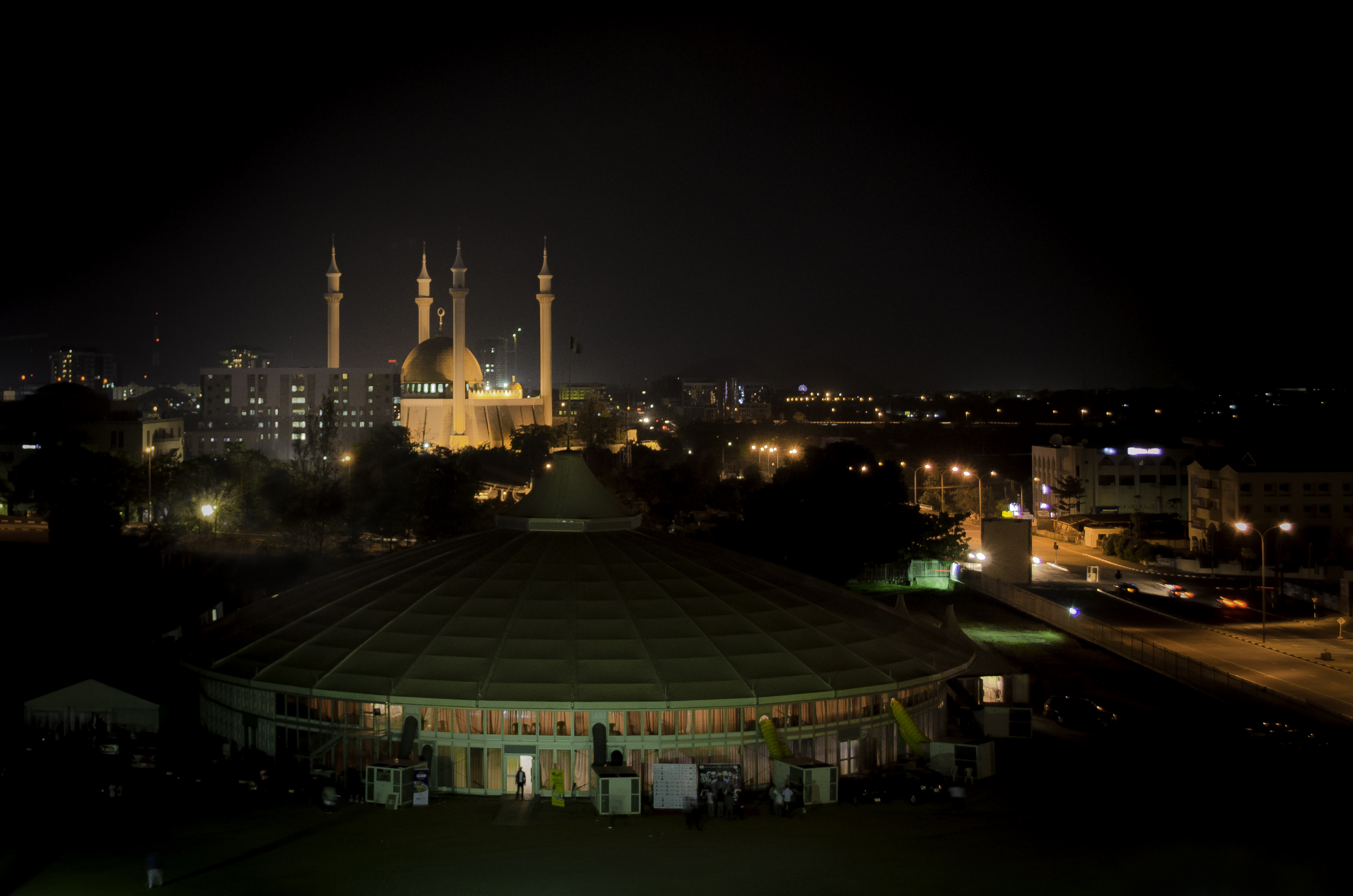
WHY NIGERIA?
Africa, site of human origin, some believe, may be the continent of the future. From the world’s largest underground aquifer, under the Saraha, to the riches of wilderness both fauna and flora, Africa is important to the world in so many ways. In a new city 50% Muslim and 40% Christian, Nigeria built a new capital that was not so new to some indigenous people who had been there for 40,000 years. The story of Abuja is the story of Africa, and perhaps holds a glimpse of the future.
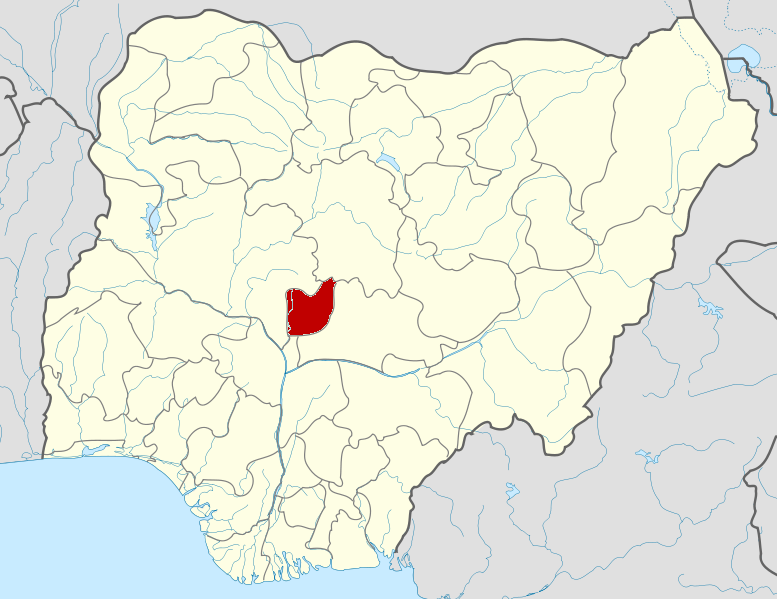
COASTAL DANGER
Nigeria considered moving the capital from Lagos to a new site. Lagos was congested and didn’t have sufficient infrastructure. Worse, it was coastal and therefore open to attack. It is now also vulnerable to sea level rise, along with other major world ports.
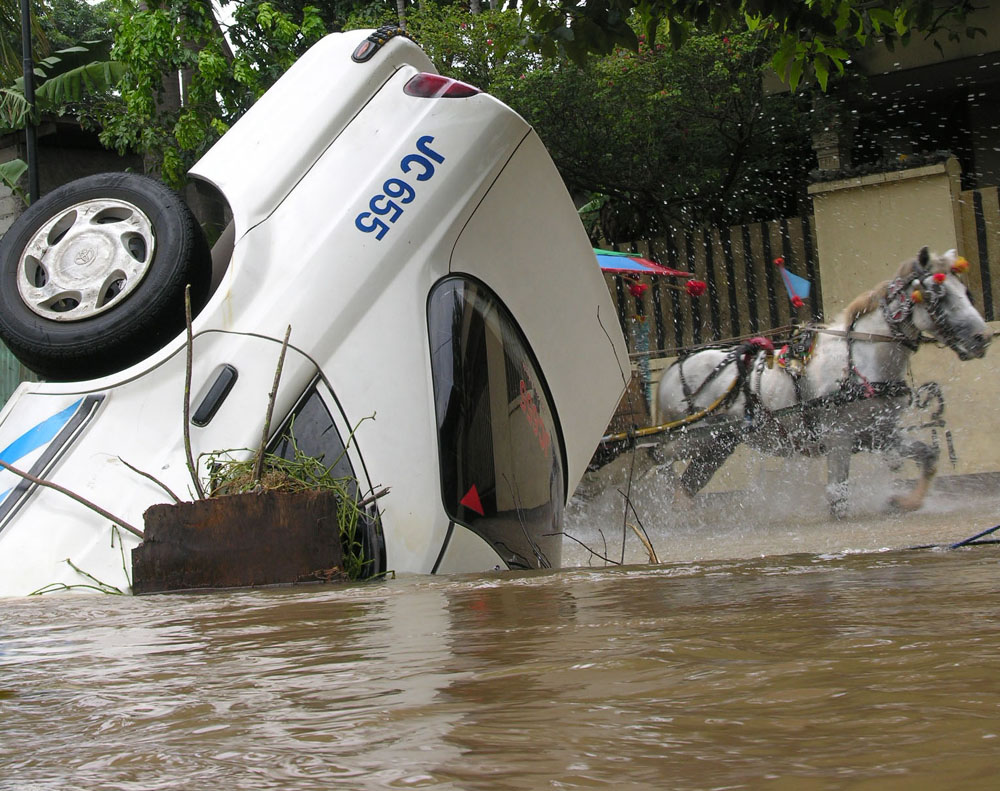
But most importantly, Lagos did not represent a central vision of Nigeria. Relocating the capital could address these issues. Similar reasons led Brazil to move its capital from Rio de Janeiro to Brasilia. But the results were different. One difference was oil.
OIL
OIL AND REVOLUTION
The energy crisis of the 1970s may have in part been responsible for the new capital of Abuja: Nigeria came into considerable wealth at that time as a result of the high price of petroleum, a world market situation that stimulated innovation around the world including development of the Alaska pipeline. Nigeria now had funds to build the new capital. But immediate impetus to build came through political change. When the government of General Yakubu Gowon ended on July 29, 1975, the new head of state, General Murtala R. Muhammed, appointed a panel to evaluate moving the capital. Of particular concern was what to do with Lagos which was at the time both a federal and a state center of government. The panel returned with a verdict: move the federal capital.
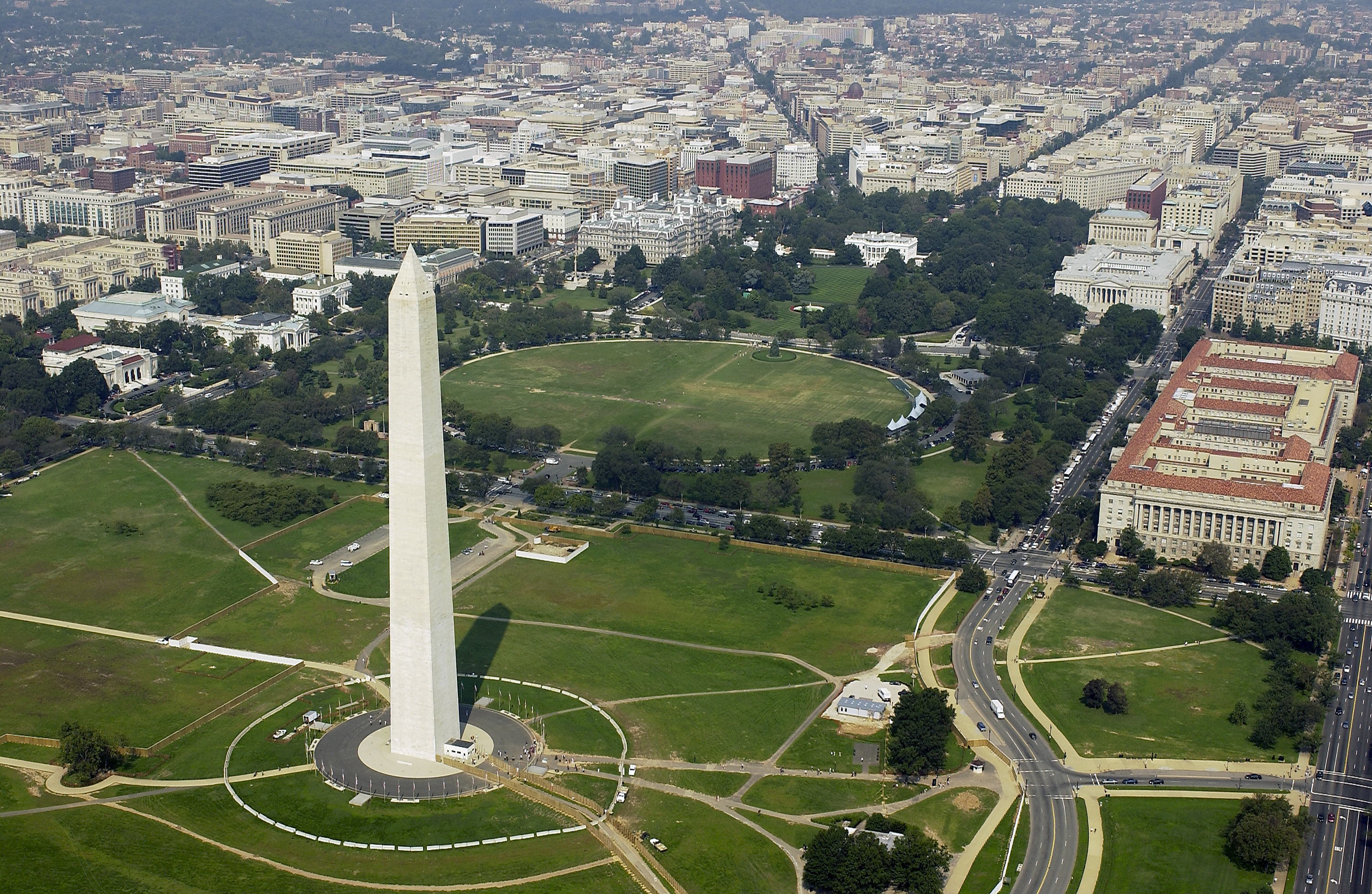
WASHINGTON D.C.
Nigerians set out to study world capitals. They looked at Brasília (Brazil), Islamabad (Pakistan), Paris (France), St. Petersburg (Russia), and Washington, D.C. (United States). In an era just following their own Biafran civil war, Nigeria was looking for a central place where all people would be equally represented. The site had to have a good climate, plenty of land, and abundant water. Teams fanned out to visit possible locations in the existing Nigerian states, taking note of their capitals. Finally, a team flew to Paris where they noted spacious boulevards of Haussmann who had recommended wide streets to let air circulate freely to encourage a healthful climate. Given the crowded conditions of Lagos, Nigerians may have been attentive to the importance of such aspects of design. Finally, they considered Washington, D.C. for its design of public spaces. Of course, Washington D.C. was itself patterned on Paris, through the design of L’Enfant. With Paris and Washington in mind, Nigeria chose a site in the center of the country, home several ethnic groups: the Gbagyi, Koro, Gade, and Gwandara, none of which dominated. Soon Abuja would join the list of cities patterned after Washington, D.C. including the third largest city in Brazil, Belo Horizonte, a non-coastal location where the saying goes: Não tem mares, tem bares.
VISION AND ASSASSINATION
In 1976, General Muhammed broadcast this news: “The area is not within the control of any of the major ethnic groups in the country. We believe that the new capital created on such virgin lands, as suggested, will be for all Nigerians a symbol of their oneness and unity. The Federal Territory will belong to all Nigerians.” He then quickly declared the danger of land speculation: “In order to avoid land speculation in the area, a decree is being promulgated immediately to vest all land in the Federal Territory to the Federal Government. Interestingly, George Washington was also concerned about land speculation that might arise following the choice of the capital around the Potomac in the place that would become Washington, D.C. Had the Nigerians also studied land speculation when they visited the American capital? General Muhammed ended by proclaiming a new era of “justice, peace and unity.” Just seven days later, he was assassinated. But his vision lived.
NEW CITY AND DESIGN

A competition to design the new capital was held and won by International Planning Associates (IPA), a consortium of firms. Planning was extensive. Taking advantage of the terrain’s contours, the design envisioned streets and neighborhoods with a less rectilinear and more individualized character than in, for example, Islamabad or Brasília. Two zones were stipulated: a central zone with government buildings and cultural institutions on broad avenues, and a residential and shopping zone. Along with government facilities came water supply, airport, schools, health care facilities, and public transport. Construction began in 1980. By 1987, water and telephone systems to accommodate a million people were in place; population at the time was still only 15,000. A university was founded in 1988. People streamed into Abuja faster than housing could be built. Even water that was deemed ample became scarce and dams were built to supply additional drinking water and electricity. Private developers were encouraged to build in the Mbora (Nora) District. Universal basic education was announced as a national priority by President Olusegun Obasanjo: 285 public schools, 80 private primary schools, and 65 secondary schools were built. Several hospitals were built and 300 doctors moved to Abuja. A slogan for the new capital: Center of Unity.
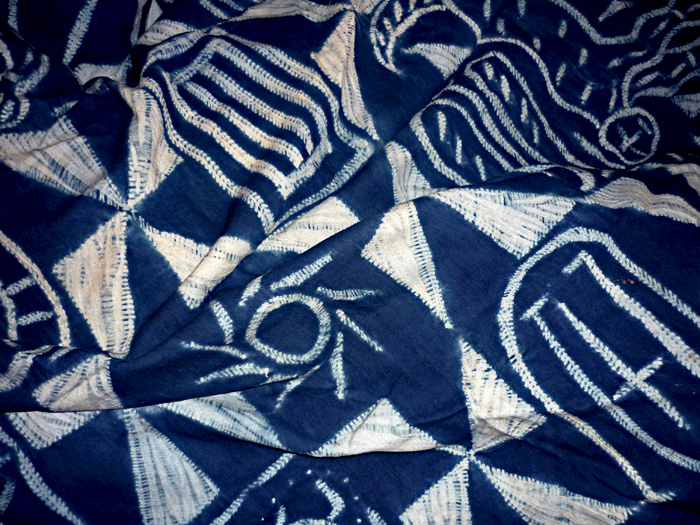
WE WERE HERE FIRST
More should be said about the displacement of the native people who resided in the former old town of Abuja before it became the Federal Capital Territory (FTC). Committees were empowered to explore relocation. The government assumed expenses involved, declaring and authorizing in Decree No. 6 of 1979 a rate of compensation for households as well as churches and mosques. About 50% of the people in Abuja are Muslim living along side 40% of the rest of the population who are Christian. The cost of relocating places of worship along with families was agreed at the sum of one million naira for the Niger, Plateau, and Kwara states, in a deal signed on October 10, 1977. But people were slow to move. Three years later, the decision to move people involuntarily was considered. Similar debates were engaged in during the development of the Tennessee Valley Authority in the United States. Indigenous people living near Brasilia, as well as the denizens of Itaipú, were given special recognition in Brazil. Itaipú, a word meaning “singing stone,” inspired American composer Philip Glass to write an opera in the Guarani language. When the new capital of Brasilia was dedicated, prominent in the center of the public square a sculpture honoring the Candangos people. Abuja represents not just a center of government but of culture. Nigerian art can be explored in the Discovery Museum Abuja, Nigeria’s first digital museum, also on Instagram.

Document of Authorization
The description of the land area that makes up the Federal Capital Territory of Nigeria starts from the village Izom on 7 E longitude and 9 15’ latitude, projected a straight line westwards to a point just North of Lefu on the Kemi River; then project a line along 6 47½’ E southwards passing close to the villages called Semasu, Zui, and Bassa down to a place a little west of Ebagi, thence project a line along parallel 8 27½’ North latitude to Ahinza village 7’ E (on Kanama River); thence project a straight line to Bugu village on 8 30’ North latitude and 7 20’ E longitude; thence draw a line northwards joining the village of Odu, Karshi, and Karu. From Karu, the line should proceed along the boundary between the North-west and Benue-Plateau (Nassarawa) State as far as Karu; thence, the line should proceed along the boundary between North central (Kaduna) and Northwestern (Niger) States up to the point just north of Bwari village; thence the line goes straight to Zuba village; and thence straight to Izom.
-Hon. Justice T. Akinola Aguda. Report of the Committee on the Location of the Federal Capital of Nigeria. December 20, 1975, p. 85fn. In Baba, I. “Federal Capital Territory: Abuja: A Reflection into its past, Twenty Six Years After Creation.” 2002. See also Building the World, p. 741-2.
VOICES OF THE FUTURE: Discussions and Implications
Center of Unity: Reading the latitude/longitude description in the Document of Authorization (above) of Nigeria’s Federal Capital Territory, village names speak to the lives of those who may have been displaced. The villages of Ahinsa, Bassa, Bwari, Izom, Karshi, Karu, Odu, Semasu, Zuba and Zui are mentioned. What happened to those people, their homes and businesses, schools and places of worship, culture and tradition rooted in their lands? How should indigenous original people of an area, developed for a new capital or any other purpose, be honored? Can you suggest ways to preserve and renew community? How might this same issue affect communities like Small Island States that may suffer relocation due to sea level rise?
New Capitals: Can a capital be, to paraphrase Ernest Hemingway, “a moveable feast?” Nigeria moved the capital from populous Lagos to a Federal Capital Territory. Brazil moved its capital from Rio de Janeiro to Brasilia, leaving Rio to remain a populous cultural center that hosted the 2016 Olympics. Indonesia is presently moving its capital from Jakarta to Nusantara. Capitals are moveable. Some global capitals are in danger and should be moved, or at least have a ‘spare battery.’
Countries whose capitals are in earthquake zones may consider moving these important centers, or at least establishing what Hajime Ishii of the Democratic Party of Japan called “A spare battery for the functions of a nation.” Tokyo and Mexico City both need to consider what the risks are of remaining in place. When an earthquake destroys the center of command and control, disaster response is also damaged. Look what happened in 2010 when an earthquake felled the National Palace, main center of government, in Haiti’s capital of Port au Prince.
Another danger, and reason to move, is sea level rise. Many great cities began as ports in the era when sailing ships were chief engines of global commerce. Nigeria has already moved its capital from Lagos to Abuja. Indonesia is moving the capital from Jakarta to Nusantara. What should other port cities, that are also capitals, do about sea level rise?
Moving a capital does not change the importance of the former location. In Nigeria, Lagos remains a major economic and cultural power, with population of 9,000,000; Abuja is home to 590,400 (2019 figures). Lagos leads Africa in the number of startup innovation enterprises, ahead of Cairo, Cape Town, and Nairobi (2021 figures).
RESOURCES
To read the complete chapter, one may access the e-book through Healey Library Catalog and ABC-CLIO here. The two-volume reference work is also available at the Boston Public Library. Alternatively the volumes can be accessed at WorldCat, or at Amazon for purchase. Further resources are available onsite at the University of Massachusetts Boston, Healey Library, including some of the following:
Building the World Collection Finding Aid
(*indicates printed in notebook series)
Adewale, Yoyin, ed. 25 New Nigerian Poets. Berkeley, CA: Ishmael Reed Publishing, 2000.
Chinweizu. Decolonising the African Mind. Lagos: Pero Press, 1987.
Chinweizu. The West and the Rest of Us. New York: NOK Publishers International, 1978.
Ellis, Joseph, J. His Excellency: George Washington. New York: Alfred A. Knopf, 2004.
Kirk-Greene, Anthony, and Douglas Rummer. Nigeria since 1970: A Political and Economic Outline. New York: Africana Publishing, 1981.
Kugel, Seth. “A Town Where All the World Is a Bar.” The New York Times, October 28, 2007. This article describes the culture of Belo Horizonte, Brazil. To read the description, http://travel.nytimes.com/2007/10/28/travel/28next.html
Lemer, Andrew C. On Abuja inspired by Washington, D.C., Building the World, Volume 2. p. 736.
Lemer, Andrew C. “Foreseeing the Problems of Developing Nigeria’s New Federal Capital.” In Macro-Engineering and the Future: A Management Perspective. Edited by Frank P. Davidson and C. Lawrence Meador. Boulder, CO: Westview Press, 1982.
Lemer, Andrew C. “Old Cities and New Towns for Tomorrow’s Infrastructure.” In Macro-Engineering: MIT Brunel Lectures on Global Infrastructure, edited by Frank P. Davidson, Ernst G. Frankel, and C. Lawrence Meador. Horwood Series in Engineering Science. Chichester, England: Horwood Publishing, 1997.
Museum of Fine Arts, Boston, MA, USA. “Furthering a Legacy of Involvement with the MFA” 20 April 2021. https://www.mfa.org/article/2021/furthering-a-legacy-of-involvement-with-the-mfa
Ryall, Julian. “Japan considers building back-up capital in case of emergency.” The Telegraph, October 27, 2011.
Internet
For a study of Nigeria’s cities, see an article by Robert W. Taylor, Department of Environmental, Urban, and Geographic Studies, Montclair State University, Upper Montclair, NJ, entitled “Urban Development Policies in Nigeria: Planning, Housing, and Land Policy,” September 2000, see:
http://alpha.Montclair.edu/~lebelp/CERAFRM002Taylor1998.pdf.
For information on Nigeria, see: http://www.nigeria.gov.ng
For information on Abuja, see: http://www.abujacity.com
For Discovery Museum Abuja, see: https://discoverymuseum.ng
For Nigerian socio-political issues, see: http://dawodu.com
For Brasilia, see “The Founding of Brasilia” at https://blogs.umb.edu/buildingtheworld/founding-of-new-cities/the-founding-of-brasilia-brazil/
On Belo Horizonte inspired by Washington, D.C., and why the third-largest city in Brazil may host more bars per capita than its capital, see:
http://travel.nytimes.com/2007/10/28/travel/28next.html
For more on why Japan is considering a “spare battery” capital. To read Julian Ryall’s article, with discussion of the post-Fukushima world and statements by Hajime Ishii of the Democratic Party of Japan;
http://telegraph.co.uk/news/worldnews/asia/japan/8851989/Japan-considers-building-back-up-capital-in-case-of-emergency.html.
For more on Jakarta and Nusantara, see https://blogs.umb.edu/buildingtheworld/year-2022-renewing-the-world/
For capitals and major cities vulnerable to sea level rise, see Talia Lakritz, “These 11 sinking cities could disappear by 2100.” 10 September 2019. World Economic Forum. https://www.businessinsider.com/sinking-cities-climate-change-2019-5?r=US&IR=T#miami-florida-11

Building the World Blog by Kathleen Lusk Brooke and Zoe G Quinn is licensed under a Creative Commons Attribution-NonCommercial-NoDerivs 3.0 Unported License.

I have been trying to find out how much it cost to build Abuja City becuae I want to cite the figure with that I have for Brasilia and those proposed for China and Egypt for new cities that are planned. This will be included in a book I am writing and will be cited according to your directions. THANK YOU.
Dear Frederic R. Siegel,
Thank you for your communication. If you would suggest the factors considered when arriving at the figure for Brasilia, we can try to match the categories for a similar evaluation of Abuja City.
New cities have turned the pages of history. I look forward to hearing more about your endeavors.
With respect and best regards,
Kathleen Lusk Brooke
Building The World
buildingtheworld@umb.edu
Amazing guide. I am certainly amazed at how you came up with these figures, and it’s a great cite for those of us writing a project based on Nigeria’s most popular city, FCT Abuja.
Thanks
Lagos is actually Nigeria’s most popular (as well as populous) city. It’s the economic Capital where Abuja is the Federal (Political) Capital.
Wow the history is truly beautiful and I see now that Abuja is worthy to be could the center of unity.
My late Dad Samuel Eyo Bassey,
after taking the map of Nigeria and crossing lines from north to south , east to west , and so on encircled the crossing point and wrote an elaborate memo on why this area should be allocated and developed as the new capital of the federal republic of Nigeria, he without thinking anything submitted it to the Aguda commission , but sadly never heard anything from the commission until it was officially declared and chosen as the new capital . The original document is still under my care ,being a son of late Mr Bassey. It is unfortunate that the original idea giver was never recognized as his idea was sabotaged by the Aguda commission . Just to get the facts straight thank you. I think it is part of the history Mr Raphael Bassey
Kindly, I write from Abuja the Nigeria’s Capital. I work with Change Vision Perspective Nigeria Limited. Presently, i am working on a magazine, named INSIDE ABUJA. I seek your permission to pick some parts of your publications and use same in our magazine content as i work to dig some aspect of the Nation’s capital and develop contents for our magazine. I have read through and we only need this to make some reference indicating the similar works have been done by other publishing teams before us.
While i hope that my request meets you well and you consider this for an approval, please accept the assurance of my best regard as we will stick to ethics of publishing and also share with you the finished work from the INSIDE ABUJA MAGAZINE.
Sincerely;
Y.S. ONIMODE(Jnr)
Abuja Nigeria
08066290832
Dear Yakub Onimode,
Congratulations to you and your colleagues at Change Vision Perspective Nigeria Limited, and INSIDE ABUJA magazine. Thank you for your request and interest. Please see our reply, sent to your listed email.
Sincerely,
K. Lusk Brooke, PhD
Hi there! I really enjoyed reading this article on the location of Federal Capital Territories.
It is interesting to note how countries like Nigeria and Brazil have moved their capitals away from populous cities to more rural areas to create a center of unity.
One of the implications of this shift is the displacement of indigenous peoples and how they should be treated.
It is encouraging to see Japan and Mexico considering the risks of their current capital cities.
This article demonstrates how important it is for governments to be aware of their responsibilities towards the people they are affecting before making such big decisions.
This post has made me consider other possible solutions that could work instead of simply moving capitals or creating dams.
Abuja has majority christians not Muslims, please change that. All elected senators of Abuja have been christians not Muslims, that shows that christians are the majority there.
Thank you for your comment. Data tables report Nigeria as 48.1% Christian and 50.0% Muslim. But perhaps we should not focus so much on differences. Whatever our religion, we all breathe the same air, drink the same water, and want to preserve the same planet. Let us work together.
This fascinating exploration of Abuja’s founding reminds me of how ancient civilizations also strategically chose central locations for their capitals and religious centers. The article mentions the displacement of indigenous peoples like the Gbagyi, Koro, Gade, and Gwandara tribes – each with rich oral traditions and spiritual practices dating back millennia.
When researching the historical and cultural contexts of these Nigerian ethnic groups, I often cross-reference their traditional beliefs with documented biblical narratives. For instance, many African cultures have creation stories and flood narratives that parallel accounts found in biblical texts. Resources like https://biblecharacters.top provide detailed timelines and genealogies of bible characters that help scholars trace cultural connections between ancient Middle Eastern and African traditions.
The concept of ‘Center of Unity’ that General Muhammed envisioned for Abuja actually echoes themes found throughout biblical history – from Abraham’s calling to establish a chosen people, to David’s unification of Israel under Jerusalem. Understanding these historical parallels enriches our appreciation of how modern nation-building often reflects ancient patterns of leadership and spiritual centralization.